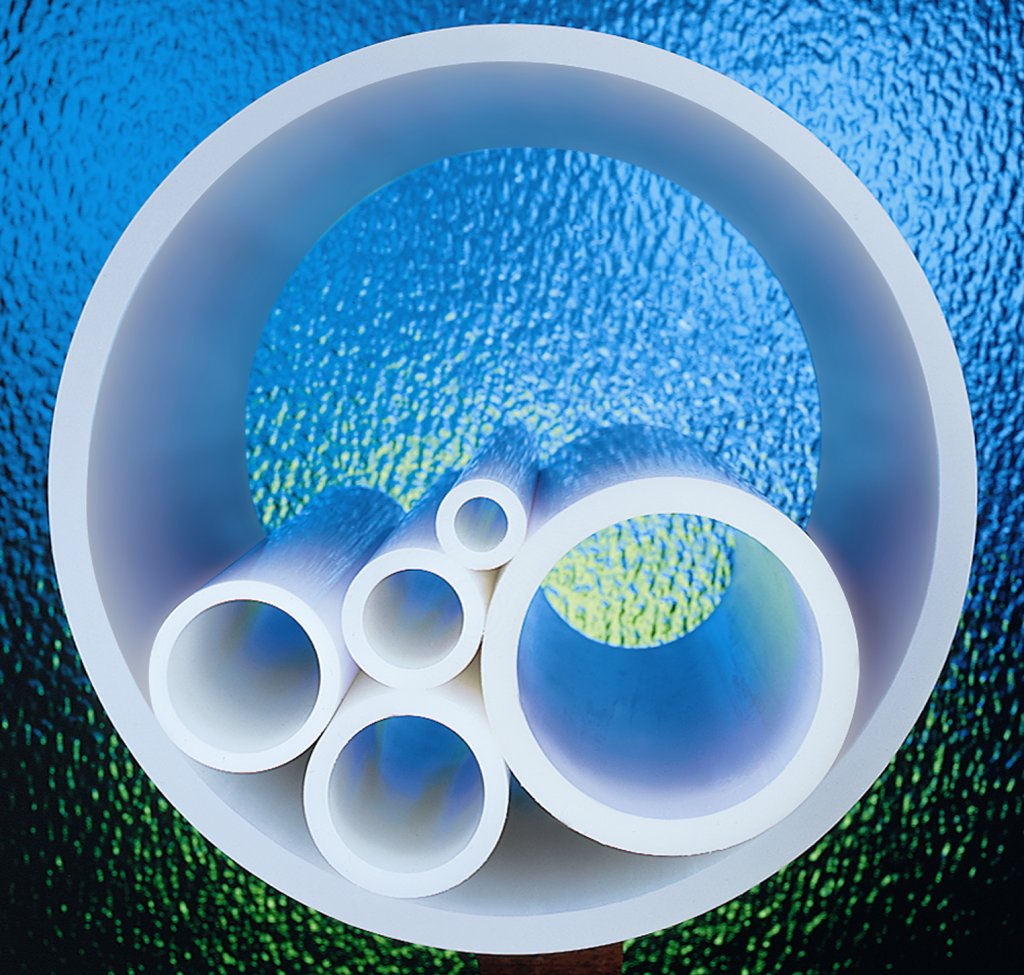Polypropylene is a thermoplastic polymer resin with a wide range of industrial and commercial applications. It has many features that make it an excellent choice for packaging and consumer goods to medical equipment and automotive parts.
If you’re wondering how polypropylene could help you with your project, we’ve outlined the significant advantages of the material and its many uses.
The Advantages of Polypropylene
Many manufacturers prefer polypropylene because it’s highly resistant to wear and tear, is heat-resistant, and is resilient to prolonged exposure. In addition, polypropylene does not absorb water, so it’s a good choice when your project needs to be waterproof. It also stands up to mold, rot, bacteria, and more.
When treated, polypropylene can also have rubber-like characteristics, giving it an advantage over other production materials. It’s lightweight, flexible, and chemically resistant to most oils and solvents. In addition, polypropylene’s superior color-fastness means it can be colored easily and maintain color without fading.
Finally, propylene boasts the most negligible environmental impact among all types of plastic. Items and parts made from polypropylene can be remade into other things, and it produces less solid waste by weight and fewer CO2 equivalents by weight than PET, PS, or PVC.
How To Identify Polypropylene
Polypropylene may be difficult to recognize at first as it’s similar in appearance to polyethylene. It’s a white, rugged material with high chemical resistance. Compared to polyethylene, polypropylene is also stiffer and more heat resistant.
If you’re not sure, you can always try a burn test. When applied to a flame, polypropylene has an acrid smell. When removed from a flame, it will continue to burn, drip, and have a slightly sweet odor.
Popular Applications For Polypropylene
Because polypropylene features so many physical, chemical, and structural advantages and costs little to produce, it can be found in many everyday goods and a host of highly specialist items.
Packaging
Because polypropylene can come in both flexible and rigid forms, it is useful to a wide range of products in need of packaging. Its flexible form can replace cellophane and paper, providing superior protection and reliability at a lower overall cost. Food, clothing, and tobacco products use flexible polypropylene for reliable, cost-effective packaging.
In its rigid form, polypropylene can be used for such things as caps and closures to bottles, crates, jars, food packaging, detergent and toiletry packaging, and disposable cups and food containers.
Consumer Products
The possibilities for consumer product use are nearly endless. To try and capture a sense of polypropylene’s many applications, we list to start:
- Parts for many household appliances such as vacuum cleaners, slow cookers, washing machines, dishwashers, and more.
- Common household goods include containers, plates, dishwasher pods, microwaveable food containers, and more. It’s also a popular material used in many toys.
- Household carpets, mats, and rugs. Also, upholstery for both indoor and outdoor furniture.
- In luggage, thin-form polypropylene is used in many tote bags, sports and duffle bags, and backpacks. It is often used for luggage designed to resist rough manipulation and physical stress common in airline travel in its rigid state.
Medical Uses
Polypropylene material appears in a wide variety of medical lab equipment, tools, and containers. In the medical world, it’s probably best known as the synthetic, non-absorbable suture Prolene used by surgeons for prolapse repair operations.
Automotive Applications
Polypropylene is often used to construct car dashboards. Still, you can also find it used in other automotive parts such as exterior trim, bumpers, covers, film cushioning, film skins, interior elements, upholstery, and more. In some cases, polypropylene can also replace traditional painting.
In Sports and Fashion
Considering the list of polypropylene’s advantages and features, it follows naturally that it would be a popular material used for the sports, clothing, and fashion industries.
Polypropylene’s resilience against wear and tear, weathering, mold, bacteria, and water all make it the perfect material for outdoor clothing, equipment, and accessories. In addition, because polypropylene is rugged, durable, waterproof, and light in weight, you’ll find it used for tote bags, duffel bags, sports bags, and backpacks. It takes graphics well so businesses can decorate these bags with logos and other designs. You’ll find bags made using polypropylene popular not only for the outdoors market but also fashion bags and carry bags for all industries.
In clothing, polypropylene appears in the cold-weather base layers for winter wear. And because it helps keep sweat away from the skin, you’ll also find polypropylene in warm-weather clothing for the summer months. You’ll even find this material appearing in beach footwear.
Polypropylene At Piedmont Plastics
Piedmont Plastics offers its customers polypropylene in various flat sheet and rod sizes. Contact us, and we’ll put you in touch with our plastics experts, who can help you find the best materials for your project from our nationwide network of branch locations.
